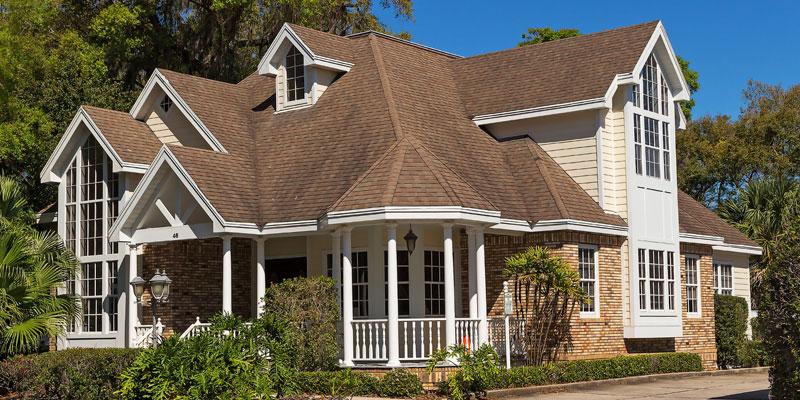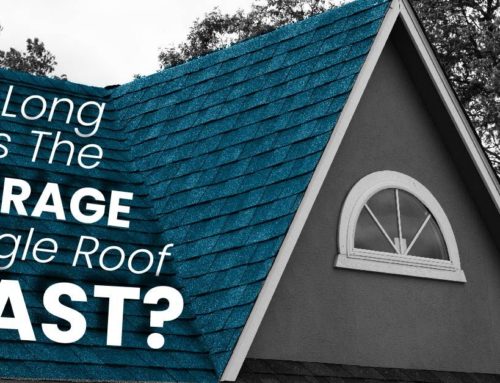Summer heatwaves can be brutal, and they’re no good for roofing materials. Asphalt shingles are popular because they are durable, but once they get hot enough for the coating to fuse and harden, the loss of flexibility leads to cracks, curling, and gaps that rain can penetrate. Be sure to protect your property from such heat-related damage!

Why Roofing Cracks and Fades in the Heat
According to the Roof Consultants Institute (RCI), asphalt shingles reach temperatures 50-60 degrees higher than recorded on thermometers during the day. Also, the space below the roof retains most of the heat through the night. This prevents shingles from getting a break from high temperatures, and ultimately, the asphalt coating melts together and cools into a single piece of rock-hard coating. When temperatures drop again and the shingle shrinks, the coating bends and cracks in the temperature fluctuations.
In addition, while more aesthetic in nature, the sun has a powerful impact on the color of your shingles. Just like paint or applied siding, the color of your roof lightens over time. New products are continuously in development made specially to combat fading and heat retention.
How Humidity Hurts Your Roof and Home
Summer humidity makes people uncomfortable, but it contributes to roofing problems too. Don’t mistake a leaking roof for condensation. Prevent it now before it grows to a bigger problem.
Water pipes and air ducts commonly run through sub-roofing spaces. When temperatures soar, the air around those features heats up as well. As soon as cold air or water cools the surface of the pipes or ducts, the air around them also cools, leaving less room for moisture in the air. Water droplets form on pipes and ductwork and drip onto insulation, electrical wiring, and ceilings below. Not only does this create unsightly watermarks on ceilings and walls, but it can encourage devastating mold to grow.
Improving your insulation and using high-quality, weather-resistant shingles help prevent this type of damage, as does improving airflow in your attic. The Home Repair Resource Center recommends installing roof vents and attic fans to help your attic ventilated during summer months. Power vents might be needed for properties that receive a lot of sun. A cooler attic ultimately extends the life of your shingles, prevents condensation, and helps keep temperatures down inside your home.
With summer in full swing, there’s still much to do to prevent further roofing problems. Contact us today to learn more and to protect your roof from heat-related damage.






